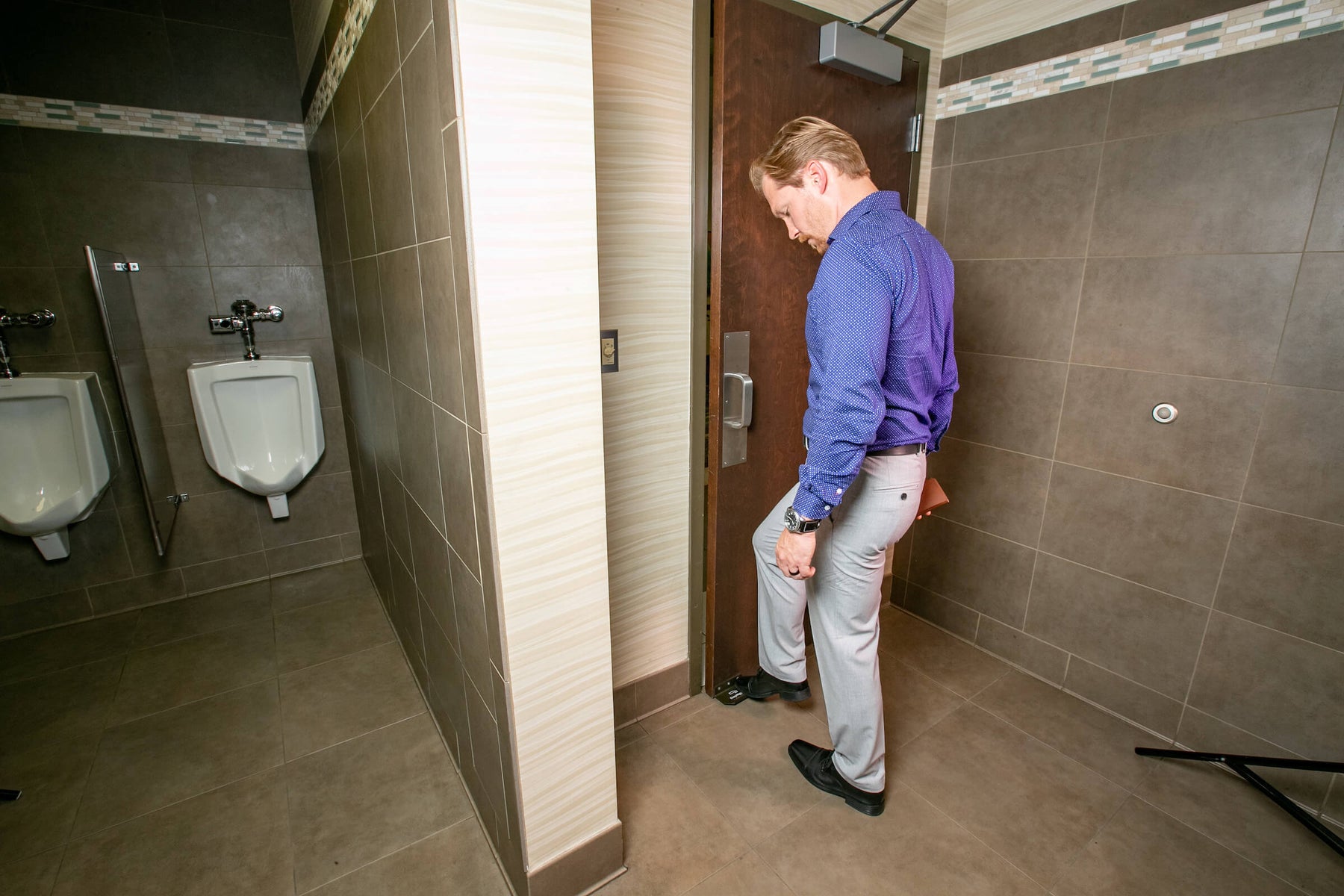when you spend $50

What is a Fomite? (Simple Guide to Fomites in the Chain of Infection)
Every year, countless fomites contribute to millions of global deaths. In an article about fomites, the National Library of Medicine reports that over “1.7 million deaths from diarrheal diseases and 1.5 million deaths from respiratory infections” occur annually from germs, viruses, and other infectious agents.
These stats show the importance of understanding fomites and how they spread deadly diseases and harmful illnesses throughout the world.
Fomite Definition (What are Fomites?)
Fomites are defined as any inanimate object that can carry/spread pathogens and infectious diseases.
According to this definition, that means there is an unfathomable amount of everyday objects that can become a "fomite" and vehicles to transmit infection.
Once any object comes into contact with a pathogen and is carrying an infectious agent, it becomes a fomite. Pathogens and infectious agents that can turn an inanimate object into a fomite are things such as:
- Bacteria
- Fungi
- Viruses
- Other microbes
Origin of the Word Fomite
The word "fomites" is a plural English version of the old Latin term "fomes", which means dust or tinder. Technically, the singular term "fomite" is incorrect and "fomes" should be used instead. The Journal of Hospital Infection further explains the etymology and the correct usage of "fomites" in an article by J.M.T. Hamilton-Miller.
Fomite Examples & Where Fomites Are Often Found
Fomites are found in a nearly limitless number of shapes, sizes, and materials.
Examples of some common fomites include:
- Cell Phone
- Door Handles
- Dust
- Kitchen Cabinet Pull
- Public Restroom Toilets
Due to the types of activities and people involved, the following areas are common places in which fomites can be found:
- Hospitals
- Homes
- Gyms & Fitness facilities
- Schools
- Workplaces

Types of Transmission for Fomites & Their Role in the Human Chain of Infection
Fomites in the Chain of Infection
The process of how infections occur is scientifically referred to as the human “chain of infection”. This chain of infection is composed of six links (components) including the following.
- Infectious Agent
- Reservoirs
- Portal of Exit
- Mode of Transmission
- Portal of Entry
- Susceptible Host
In the infection chain, fomites are the reservoirs for infectious agents and humans are the susceptible host. Mode of transmission is the way an infectious agent can be transferred to a susceptible host. You can learn more about the chain of infection on the CDC’s official website (The Centers for Disease Control and Prevention).
Different Modes of Transmission (How Fomites Spread Infection)
There are a variety of ways in which fomites can be transmitted through human contact.
Below are the different types of human transmission according to the Winnipeg Regional Health Authority (WRHA).
Direct Contact Transmission
When fomites are transmitted through direct physical contact with the infected or colonized person (e.g. Handshakes, hugs, high-fives, etc.)

Indirect Contact Transmission
Indirect contact transmission occurs when people come into contact with fomites via objects. For example, bedding in a hospital or a basketball being passed around on a court.
Droplet Transmission
Droplet transmission involves droplets produced from coughing, sneezing, and talking. These droplets are propelled through the air and land on surfaces and inanimate objects, which are then contaminated as fomites.

Airborne Transmission
Airborne transmission is carried via fomites like dust and other particles that are floating in the air. This method of transmission in the human chain of infection is the most difficult to control for healthcare professionals, “as it requires control of airflow through special ventilation systems” according to the WRHA.
Common Vehicle Transmission
Common vehicle transmission occurs through contaminated sources like food, medication, or shared equipment.
According to the WRHA, this mode of transmission also has the potential to cause large-scale outbreaks.
Vector-borne Transmission
The last type is vector-borne transmission. “Vector-borne exposure occurs when an insect acquires a pathogen from one animal and transmits it to another” according to the Center for Food Security & Public Health at Iowa State University’s College of Veterinary Medicine.
Common vector-borne transmission vehicles:
- Fleas
- Flies
- Mosquitoes
- Ticks

How to Prevent Transmission & Break the Chain of Infection
To prevent or reduce chances of infection, you need to break the chain of infection. An infection cannot occur if any of the 6 links (components) in the infection chain is broken or missing.
Fomites like door handles are a common unsanitary point of contact. The handle carries germs, viruses and bacteria that are potentially harmful to a susceptible host.
Implementing solutions to prevent the spread of germs can be expensive, but one solution, StepNpull, is not.
At only $29.95, our foot operated door opener offers a cost-effective, no touch alternative to door handles. By removing the need to use door handles, our StepNpull products can help limit the spread of germs for your business.
For high-volume industries, we also offer wholesale and custom branded options. Simply request a quote to start your order today!

